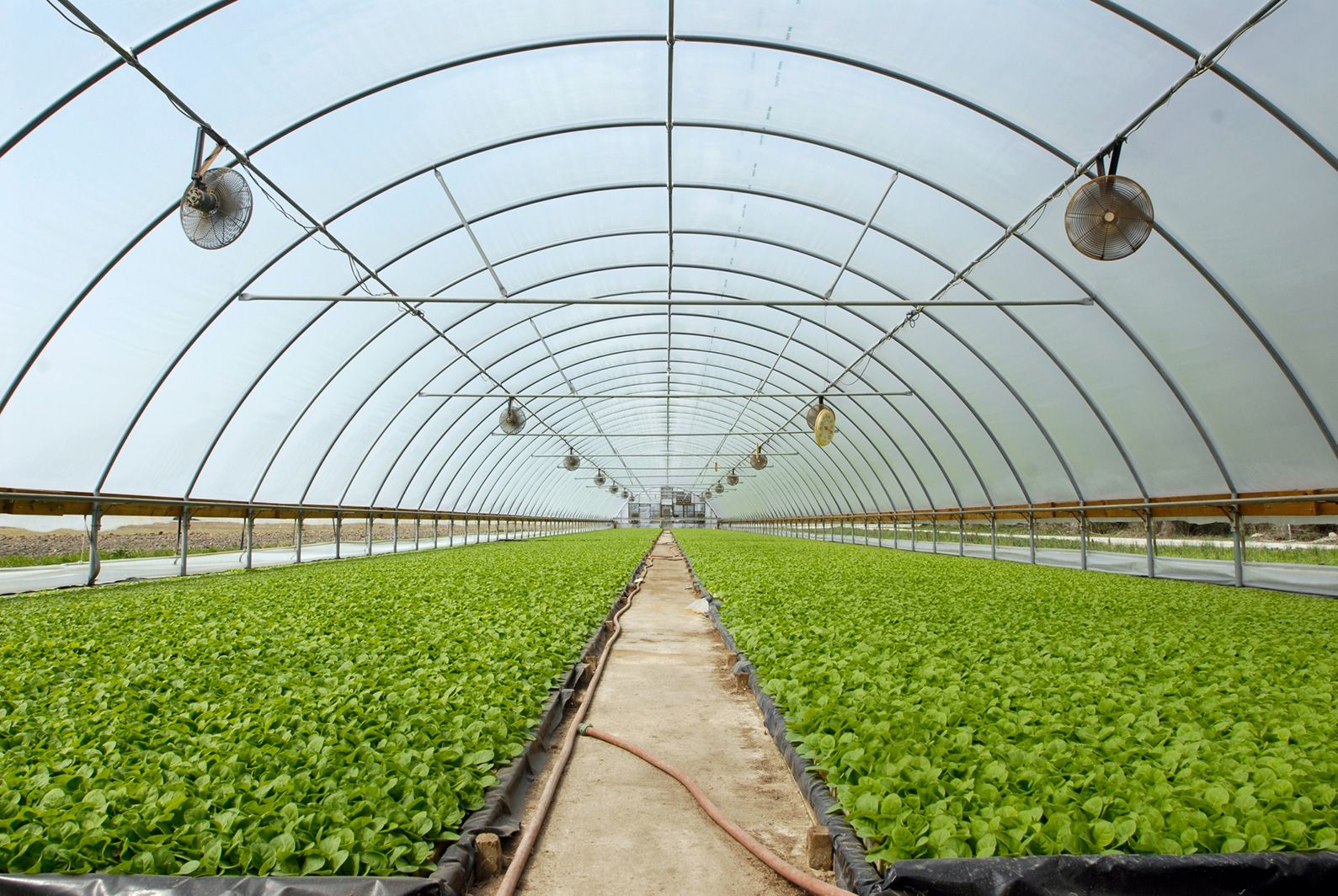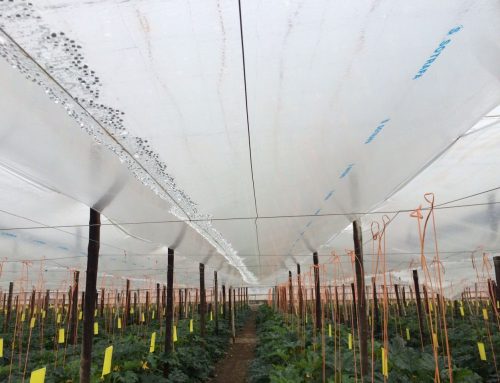Greenhouse covers insulate and protect crops from the external climate, therefore also protecting crops from unwanted atmospheric agents.
Among the aspects to especially consider is the formulation designed to provide excellent resistance to degradation by the effect of solar radiation and chemical treatments, the main enemies of any agricultural film.
If you have a greenhouse, in this article we will tell you about the different types of cover that you can find to guarantee a higher yield in crops and early harvests.
First of all, we tell you why you should use plastic covers in your greenhouse.
Please read on…
Main characteristics of our greenhouse covers
· Excelent resistance to ageing, as we manufacture to guarantee a great durability.
· Greater mechanical resistance, presenting optimal protection against external agents such as wind, rain, hail, etc…
· Easy installation and adaptable to any structure.
· The minimum duration offered will depend on the weather and radiation of the country or area where the product is installed.
Types of greenhouse covers
It is important to distinguish the differences between thermal covers and those that are not. Thermal covers offer an optimal thermal insulation effect, avoiding thermal inversion and reducing night-time cooling and the risk of frost.
Non-thermal covers are not advisable in areas with strong differences in daytime and night-time temperatures. Thermal inversión can occur if there is a sudden drop in temperature at night.
Depending on the climatic conditions or radiation in the area, and the crops to be grown, we must choose one type or another, so we always recommend personalized advice from our professionals.
Living in the area with the greatest concentration of greenhouses in the world is no coincidence, and we have been growing, attending and anticipating the needs of our clients, from our inception.
Experimenting from the beginning of these agricultural systems has led us to position ourselves as a leader in the plastics sector, providing global solutions to every corner of the planet.
Within our range of covers, you can find the following types:

Thermic Covers
Within the thermic covers we find two ranges: TRC range and Plastemic range.
TRC RANGE
We can find this range in a diffused version (D), or Transparent (T), and in a White (H) or Yellow (N) version.
TRC range offers an excellent heat-insulating effect, avoiding possible thermal inversions, with very good mechanical properties and chemical resistance.
–TRC8 JET PLUS
Ideal for ecological farming, with great resistance to Sulphur to 8,000ppm and 300ppm to Chlorine.
Perfect optical balance and excellent resistance to degradation by the effect of solar radiation and chemical treatments. Resistance to Sulphur to 5,000ppm and 200ppm to Chlorine.
Perfect optical balance and excellent resistance to degradation by the effect of solar radiation and chemical treatments. 3,000ppm Sulphur resistance.
For greenhouse covers and cultivation tunnels, providing excellent resistance to degradation, great thermicity and an effective anti-drip effect.
PLASTERMIC RANGE, available in Diffused (D), and in White (H) or Yellow (N) versions.
This range stands out for its mechanical properties and excellent resistance to ageing and degradation by solar radiation and chemical treatments, and is manufactured to guarantee great durability.
Optimal heat-insulating effect, reducing night-time colder temperatures, thus giving early crops.
–PLASTERMIC PLUS SPECIAL STRAWBERRIES AND BERRIES
Specially manufactured for covering tunnels of Strawberries and other Berries in regions such as the Southwest of Spain
Non-thermic covers
Our Non-Thermal covers belong to the ASTER Range and can be found in Diffused (D) or Transparent (T), and in White (H) or Yellow (N) version.
For areas with strong climatic conditions. Our Aster range has high resistance to solar degradation and high temperatures. Their excellent mechanical properties give these covers an optimum performance against external agents such as wind, rain, hail, etc.
For greenhouse covers and tunnels in areas with strong climatic conditions.
It is important to note that both families, thermic and non-thermic, can incorporate special optical properties into their base formulation:
– Photoselective:
Within Photoselective properties, we can highlight:
o UV Open Covers
o Anti-thermic films
o Shade Covers
o Antiblackening films
o Antivirus films
o Fluorescent Covers
– Anti-drip
This property removes small drops of condensation that are formed on the film, turning them into a thin sheet of water that then runs down the sides of film, and not directly onto the crop.
Among the benefits:
o More light in the greenhouse
o Higher crop yield
o More quality of the harvest
o Diseases reduction
o Less frequent use of pesticides

A great diversity in greenhouse covers
Choosing one type of cover or another will not only depend on the climate and radiation of the country, but also on the area where the product is going to be used or the crop to be planted.
We have thermic and non-thermic covers, adding specialities depending on specific needs for a specific crop or area (anti-thermic, anti-blackening, shade films, etc….)
For this reason, we like to study the area, the infraestructure, the climatic conditions and all the information from our clients, in order to offer a personalized and efficient solution that will save you costs and, in many cases, improve your crops.
We adapt to every need and if necessary, we will create tailor-made solutions.
We invite you to discover, without obligation, the best option for your greenhouse by directly contacting us.







